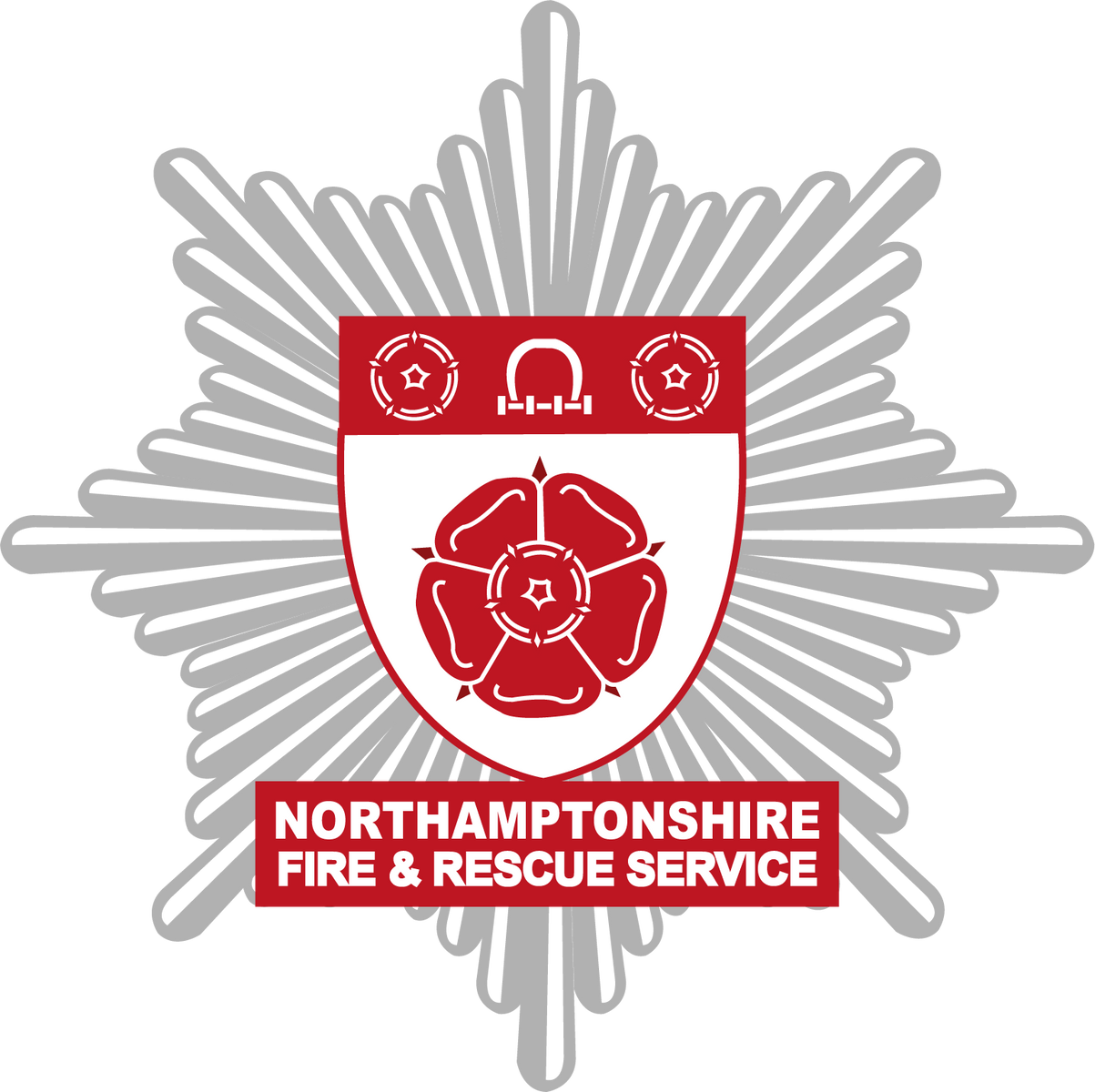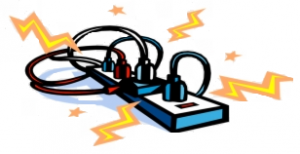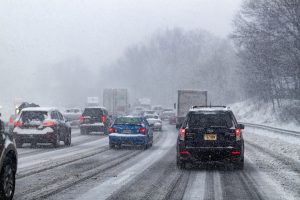We aim to make Northamptonshire safer and responding to emergency calls and ensuring the right staff with the right skills and the right tools gets to the emergency quickly and safely is at the heart of our response.
We have 22 fire stations in the county and provide a 24 hour a day service 365 days a year.
Our Community Risk Management Plan (CRMP) sets out how we deliver and are improving our services.
As part of Northamptonshire Fire and Rescue Service’s (NFRS) process of continuous improvement, we undertook a full review of fire cover in 2018. We proposed the introduction of new standards of response within the draft IRMP; following consultation in early 2019, the IRMP then became live in April 2019.
The standards of response not only deal with responding to emergency incidents, but ensure proactive work to reduce risk is captured, along with how performance will be monitored and where possible improved.
These new standards provide greater transparency around out the level of service that you can expect and will enable greater accountability, as this is comparable to other services.
The standards are detailed in full below, and can also be found within the CRMP.
- We will respond to 100% of calls with a full Pre-Determined Attendance (PDA) that meets the needs of the known risks at time of call
- We will continually review all PDAs relevant to foreseeable risks (this will not be published due to the sensitivity of the data)
- We will respond to all incidents, on average within 10 minutes of call with a safe and proportional response to the incident
- This will include dealing with all calls and mobilising the appropriate response within an average of 2 minutes
- We will mobilise the nearest available operational resources, and will ensure we maintain strategic fire cover across the county to provide an effective response
- We will actively benchmark our performance against other significantly rural services to ensure we are providing a proportional level of service in line with other counties like Northamptonshire
- We will aim to continually improve our performance times to be the best performing Service compared to other similar Services
- We will ensure that we have suitable infrastructure in place to ensure we meet our statutory requirements under the Fire and Rescue Service Act 2004
- We will provide resilience arrangements to ensure that we are able to meet normal foreseeable risk and demand
- We will maintain our ability to support national resilience, subject to maintaining an effective emergency response in Northamptonshire
- We will align our response strategy with our prevention and protection strategies to ensure we provide the best possible service to the communities of Northamptonshire based on risk
- We will communicate to the public and partners if our ability to respond to emergency calls is compromised due to business continuity issues
- We will work with the community to provide the best possible service
- We will regularly publish our performance against these standards to support openness, transparency and accountability to the communities of Northamptonshire
In line with statutory responsibilities under the:
- Fire and Rescue Services Act 2004
- Civil Contingencies Act 2004
- Fire and Rescue Services (Emergencies) Order 2007
- Fire and Rescue Services National Framework
We are committed to providing a range of response capabilities to ensure we are capable of dealing with the full range of emergencies that reasonably could be expected for us to attend.
These emergencies may take place within the county of Northamptonshire or outside it and may be National or Sub-National in nature, i.e. wide area flooding.
Our response strategy is designed to illustrate how we intend to meet the challenges of operational response, both now and into the future, to ensure the safety of the community and our own staff.
It takes into account all of the risks that can be reasonably anticipated in line with the concept of Community Protection Plan (CPP) and meet a core aim of “helping those that cannot help themselves”.
The Fire and Emergency Support Service (FESS) is designed to meet the needs of people who have suffered damage to their home following a fire, flood or similar incident.
This free service is delivered by specially trained volunteers, who work in co-operation with us. They use an adapted vehicle to assist them in providing practical and emotional support to the victims of the incident. They will arrive at the scene within 90 minutes of us contacting them.
What type of service is available?
- Immediate temporary shelter in the FESS vehicle
- Assistance in seeking temporary accommodation
- Emotional support
- Sign-posting to other organisations
- Support with the care of children and pets
- Use of shower and toilet facilities
- Provision of toiletries
- Clothing
- Light refreshments
- Use of a telephone
- Use of a camera to assist with insurance claims
- First aid
The FESS relies upon the generosity of the local community.
If you would like to support the service by making a donation or becoming a volunteer, please see the British Red Cross website.
When you dial 999 and ask for the fire service, your call is sent to an emergency call handling centre which directs all fire calls to the local fire control centre where calls are normally answered within 1 to 5 seconds.
Fire control operators will take details from you such as your name and the address of the incident and help will be sent to you immediately.
What does fire control do?
When your call is received, fire control staff enter the details in the command and control system. This system automatically finds the closest appliances and officers able to respond, and activates the turnout system at the fire station – turning on the station alarms, contacting the firefighters via personal alerters, and any other task necessary. The address of the call is sent to the fire station teleprinter and to mobile data terminals in the cabs of the appliances.
Fire Control initially mobilise to each incident with a specific response called a PDA. This will vary considerably due to the following:
- Location
- Type of incident
- Type of property (for example: high rise and hospital)
- Crewing (personnel) required
- Equipment required
Communicating with the firefighters
There are 2 radio channels within the vehicles so all officers and appliances attending incidents can keep Fire Control informed of where they are and what they are doing.
When they arrive at the incident, they may require more assistance and this is requested over the radio. All requests for further assistance are monitored and mobilised by Fire Control as they have a complete overview of all the resources available in the area and the neighbouring counties, and can quickly mobilise additional fire appliances to support those in attendance.
To ensure that all details, such as road and place names, are communicated accurately, Fire Control use the nationally recognised phonetic alphabet.
Maintaining cover at other fire stations
One of the important jobs that Fire Control have to do is to make sure that cover is maintained at all of the county’s fire stations. When further calls are received, they will make standby moves, mobilising fire appliances to any of our other fire stations to ensure that they are available for subsequent incidents.
False alarms
Every call and radio message is automatically recorded. This recorded information can be used as evidence if required.
People making malicious false alarm calls can be prosecuted. False calls can mean that fire appliances mobilised to such occurrences can reduce availability and response times for real emergency situations.









